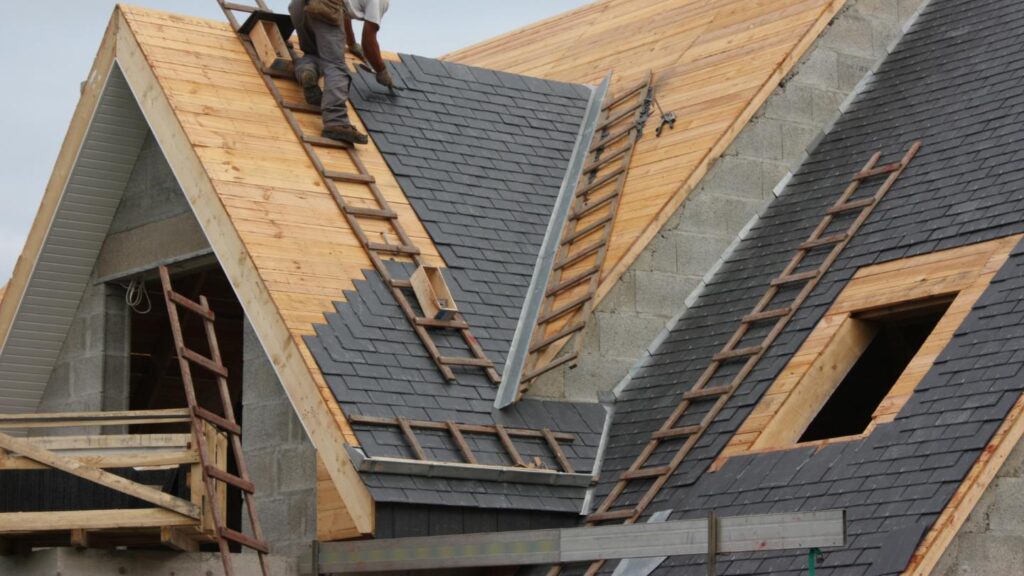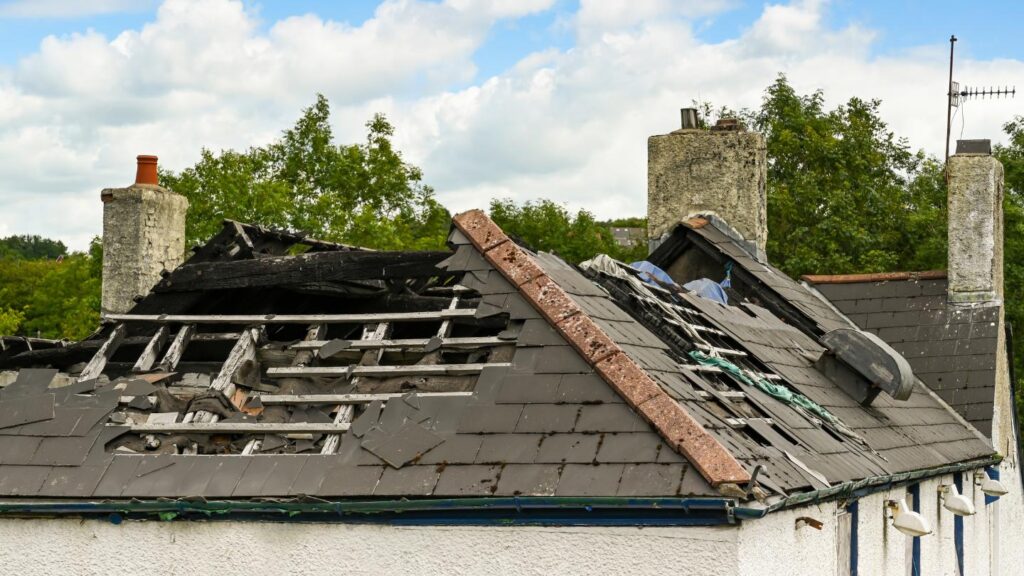If you’re a homeowner in San Antonio, TX, you’ve likely wondered how long your roof is going to last. This question isn’t as simple to answer as it might seem, since the longevity of a roof can depend on several factors. From the type of materials used during construction to the quality of installation and ongoing maintenance, each aspect can significantly impact your roof’s lifespan.
Living in San Antonio also means grappling with unique weather conditions and climate changes that could potentially affect your roof’s durability. You need to be aware of potential damages from external factors and understand the natural aging and wear over time on roofing materials.
So buckle up! In this article, we’re going to delve into these factors that influence a roof’s lifespan in San Antonio, TX while offering some practical tips for enhancing its durability and life expectancy.
Materials Used in Construction

You’ll be surprised to know that the materials used in your roof’s construction play a major role in its longevity, so choose wisely! Not all roofing materials are created equal, and their lifespan can vary dramatically. Asphalt shingles, for instance, are popular due to their affordability and easy installation but they typically last only 15-20 years. Metal roofs, on the other hand, are more expensive upfront but can last up to 50 years or more. Furthermore, slate and tile roofs have an impressive lifespan of over 100 years! However, these types of material tend not to be as affordable.
It’s also important to consider the environmental impact of your chosen roofing material. Some options like metal roofs have a lower environmental footprint because they’re often made from recycled materials and can also be recycled at the end of their life cycle. Other choices such as asphalt shingles contribute significantly to landfill waste due to their shorter lifespan and lack of recyclability. So when choosing what goes overhead in San Antonio TX home, you must balance between material affordability and environmental responsibility while keeping in mind how long you want your roof to last.
Weather Conditions and Climate
In the sweltering heat or amidst a sudden hailstorm, your home’s topmost layer can take quite a beating, significantly influencing its lifespan. In San Antonio, TX, the local climate is known for its hot summers and mild winters which can have significant solar impacts on your roof. The intense UV radiation from the sun can cause roofing materials to deteriorate faster than usual, leading to cracks and other forms of damage. High temperatures also make roofs expand and contract which may result in loosening of shingles or tiles.
At the same time, humidity effects shouldn’t be overlooked as San Antonio has high levels of it throughout the year. Humidity can lead to growth of mold and algae on your roof’s surface that might cause rotting over time if not addressed properly.
Moreover, unexpected storms with heavy rainfall or hailstones are not uncommon in this area; these can inflict considerable physical damage on your roof. So while it’s challenging to pin down an exact lifespan due to varying weather conditions and climates, understanding these factors will help you maintain your roof better for longevity.
Installation Quality
Quality installation of your home’s top layer can mean the difference between a sturdy weather-resistant shield and a ticking time bomb ready to spring leaks at any moment. Professional installation is key to ensuring longevity for your roof in San Antonio, TX. The skill and expertise of seasoned professionals can prevent potential issues such as incorrect shingle alignment or improper sealing, which are common installation errors that could shorten the lifespan of your roof.
By investing in professional installation, you’re not just buying materials; you’re also purchasing peace of mind knowing that the job is done right. Installation errors can lead to major problems down the line like water damage or even premature roof failure.
So, when it comes to protecting your home from San Antonio’s harsh sun and unpredictable weather patterns, don’t skimp on quality. Remember, a well-installed roof isn’t an expense; it’s an investment in your home’s future safety and value.
Regular Maintenance and Repairs

Keeping your home’s top layer in tip-top shape isn’t just about installation; regular maintenance and timely repairs play an equally vital role. In San Antonio, TX, the longevity of your roof can be significantly extended by implementing preventive measures such as biannual inspections. The frequency of these inspections allows you to catch potential issues early before they become expensive problems. Regular check-ups ensure that you spot weathering or damage from storms promptly, enabling quick fixes that prevent further degradation.
But inspection frequency is only part of the story – what you do after identifying a problem matters too. When issues are found during these checks like missing shingles or small leaks, immediate repair work is essential to maintain your roof’s integrity. This means not procrastinating on necessary fixes and working with professionals who can provide high-quality repairs.
Also, consider investing in periodic professional cleanings to remove debris buildup which can cause untold damage over time. By keeping up with regular maintenance and immediate repairs when needed, you’ll extend the life span of your roof significantly in San Antonio’s harsh climate conditions.
Damage from External Factors
However, even with consistent maintenance, your home’s top layer isn’t immune to the whims of Mother Nature. Living in San Antonio, you’re exposed to a variety of external factors that can impact the longevity of your roof. One such factor is pest infestations. Critters like rats, squirrels or termites can wreak havoc on your roofing materials as they seek shelter or food sources within its structure. Their gnawing and burrowing activities may cause severe damage that necessitates extensive repairs or even a complete replacement.
Another often overlooked threat is fire hazards. Overhanging branches from trees near your house pose a risk as they can easily catch fire during hot Texas summers and spread it to your roof. Additionally, accumulation of dry leaves and other debris on the roof serve as potential fuel for flames. Fire not only damages shingles but also compromises the structural integrity of the entire roofing system. Thus, keeping an eye out for these external threats and addressing them promptly ensures that you maximize your roof’s lifespan in San Antonio.
Aging and Wear Over Time
While it’s true that damage from external factors such as storms or falling debris can significantly impact the lifespan of your roof in San Antonio, TX, there’s another aspect to consider. The inevitable aging and wear over time also play a crucial role in how long your roof will last.
The first thing you may notice as your roof ages is changes in coloration. Roof coloration effects aren’t just about aesthetics; they’re an indication of the condition of your roofing material. Dark spots might mean moisture accumulation, which can lead to mold growth and eventually degrade the roofing material. On the other hand, fading could be a sign of extensive sun exposure that weakens roofs over time.
Additionally, insulation impacts longevity too. Good quality insulation slows down wear by maintaining more consistent temperatures on the roof surface. This reduces stress on materials caused by extreme temperature swings during hot summers and cold winters typical for San Antonio, TX. So remember, regularly inspecting for signs of aging and ensuring proper insulation can help prolong your roof’s life span considerably.
Enhancing Durability and Life Expectancy
You’ve invested so much in your beautiful home, and naturally, you want to ensure it’s protected for many years to come. One key way to enhance the durability of your roof and extend its life expectancy is by embracing roofing innovations. The industry has seen significant strides in the development of robust materials that can withstand harsh weather conditions typical in San Antonio, TX such as high heat or heavy rainfall. These technological advancements not only strengthen your roof but also contribute towards better insulation efficiency.
Insulation efficiency plays a major role in prolonging the lifespan of your roof. It keeps the heat out during the scorching summer months and locks warmth inside when it’s chilly, balancing temperatures and reducing stress on your roof.
Moreover, efficient insulation minimizes moisture accumulation – a common culprit behind premature aging and damage to roofs. So, investing in state-of-the-art roofing materials coupled with effective insulation techniques isn’t just about saving energy costs; it’s a strategic move to make sure you’re getting the most out of your roof for years down the line.
Conclusion
In conclusion, remember that the longevity of your roof in San Antonio, TX isn’t just about the materials used. It’s also impacted by weather conditions, installation quality, and regular maintenance.
Don’t underestimate external damage factors and natural wear over time either. By understanding these elements, you can take steps to enhance your roof’s durability and extend its life expectancy. After all, a well-maintained roof is key to protecting your home for years to come.
